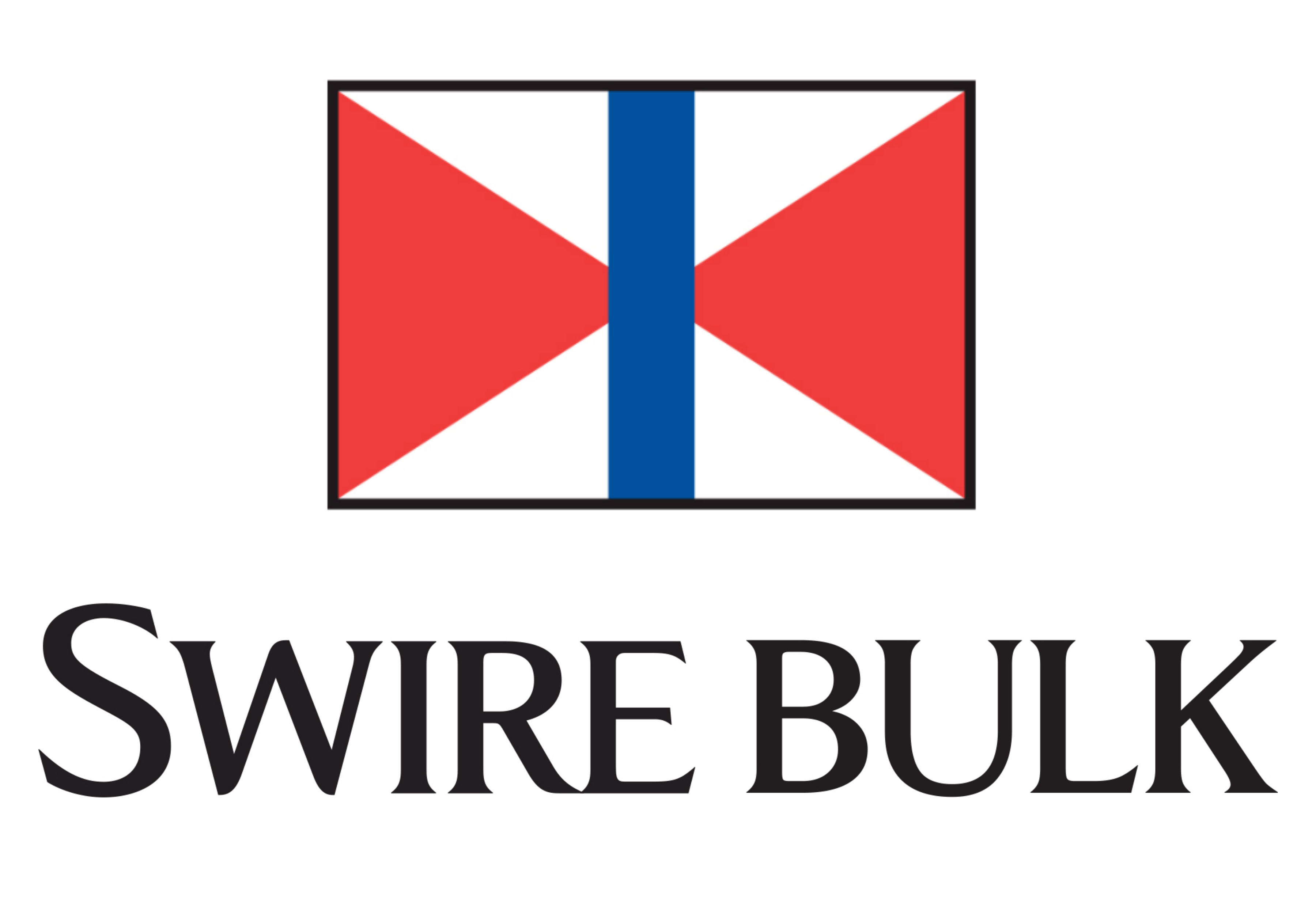
2021, whilst feeling like Groundhog Day for those of us trapped in our homes, could not be looking any more different to the first six months of 2020 for world markets. This year seems intent on charting its own course, setting a pace to leave 2020 in its wake. For shipowners and the dry bulk freight market, this is reason to be very optimistic about the next few quarters.
The freight market, like many logistical functions, tends to be a creature of habit. Any freight trader who’s been in the game for a while will tell you that the run into December is always busy (Q4), followed by a slowdown in January. They’ll tell you that this slowdown is exacerbated by the Chinese New Year, which kills the first quarter of each year, with Q2 snapping back with a vigorous upturn. It’s a seasonality to set your watch by in the freight market.
In the final months of 2020, the freight market forward curve, as per the Baltic Exchange’s Forward Freight Agreements (FFA) pricing, told the same story. Spot rates for Capesize vessels in December showed them earning $15,000 per day. The forward curve was showing futures trading at $10,000 per day for the coming Q1 and $12,000 per day for Q2. Similarly, Panamax vessels with spot earnings in December of $11,500 showed a forward Q1 at $8,800 and Q2 at $10,500.
This is a typical 15-20% premium for Q2 over Q1. In terms of outright earnings, this is a pretty miserable market for ship owners. A rule of thumb in the freight market is that dry bulk vessels don’t breakeven at under $12,000 per day. In 2020, Capesize vessels earned a year average of $13,000 per day, Panamax earned $8,500 and Supramax barely scraped $8,000. It was a pretty miserable year all in all…

Things have changed in the first month of 2021, with Capesize vessels earning $25,000 per day and Panamax vessels earning $14,000 per day. However, where 2021 differs from most years is that, historically, the forward outlook on the futures curve shows these vessel classes maintaining most of these gains. For the rest of 2021, Capesize and Panamax are averaging returns of $16,000 and $12,500 respectively, according to the Baltic Forward Curve.
Shipowners owe their newfound prosperity to the concerted effort of Government spending globally. This has led to a spike in Iron Ore, Grain and Coal prices as demand for the raw materials has recently hit multi-year highs (Iron Ore prices reached a decade-high). The freight market is a major beneficiary, enjoying the spoils of this massive debt spree.
As detailed by Rhona O’Connell, Head of Market Analysis at StoneX, in her recent Commodity and Economic Outlook for 2021:
In order to comprehend the scale of economic support, we compared the monetary and fiscal intervention we saw during the 2008 crisis, with the pandemic. The combined fiscal and monetary response in May saw Germany direct roughly 33% (and counting) of its GDP toward stimulus in 2020, compared to a modest 3.5% of GDP during the Global Financial Crisis (GFC) in 2008. In the United States, the combined fiscal and monetary response last year represented 12.1% of GDP (and counting), relative to 4.9% of GDP during the GFC.

It’s clear that the magnitude of COVID support has definitely set the scene for a robust freight market in 2021. Then again, almost anything would have been better than 2020!

Other Opinions You Might Be Interested In…

